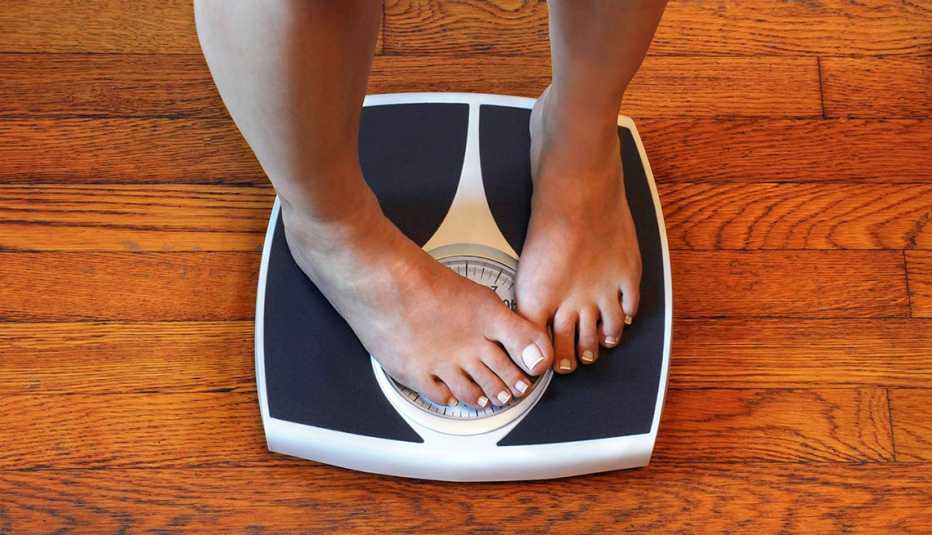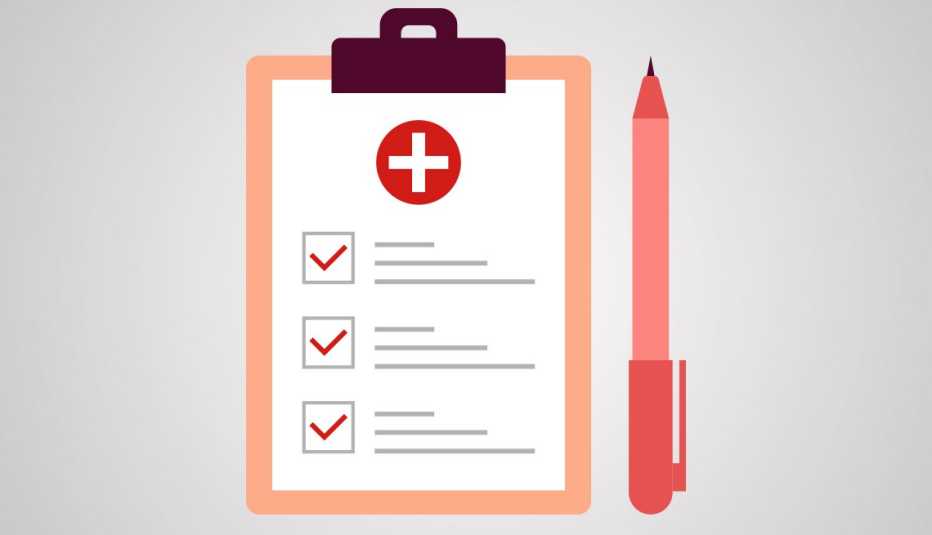AARP Hearing Center


March 2020 to March 2021 was unlike any year in recent memory. Most of us experienced — in no particular order — high levels of long-term stress, interruption of routine, restricted (or too much) access to loved ones, weight gain, muscle loss, disordered sleep and disruption of regular doctor visits. Your body has had one heck of a year.
Plus, as a group, we've felt hunted. Ninety five percent of Americans killed by COVID-19 were 50 or older. We're, hopefully, on the verge of more widespread COVID-19 vaccination, warmer weather and fewer lifestyle restrictions — which makes this the perfect time to check up on ourselves. The following collection of self-assessments on the 50-plus body and mind will offer clues to hidden (and maybe some really obvious) areas where you need damage control. The easy part? You can do them without leaving the house. Nothing new about that, right?
Step one: Evaluate your weight


Your Post-COVID Health Checklist
- Step 1: Weight
- Step 2: Diet
- Step 3: Sleep
- Step 4: Mental Health
- Step 5: Fitness
- Step 6: Medical care
Is it any surprise that we gained weight during the pandemic? We had nowhere else to be except our kitchens and couches. The result: An October 2020 study of 7,753 people found that 27.5 percent copped to recent weight gain, but those who were already obese had even higher rates (33.4 percent).
To assess the damage, ask yourself some revealing questions.
The key questions
Have I gained more than a few pounds?
And if yes, where? Belly? Hips? Both? An upward creeping number on the scale and tighter clothes tell the tale, but not the whole story. The place where those extra pounds accumulated on your body matters, too.





























































More on Health
6 Weight Loss Myths — and What Really Works to Drop Pounds
From carbs to juice cleanses, health experts sort through diet fads, fact and fiction6 Surprising Reasons You Can't Lose Weight
What’s interfering with your diet — from medications to muscle mass — and how to unstick the scale